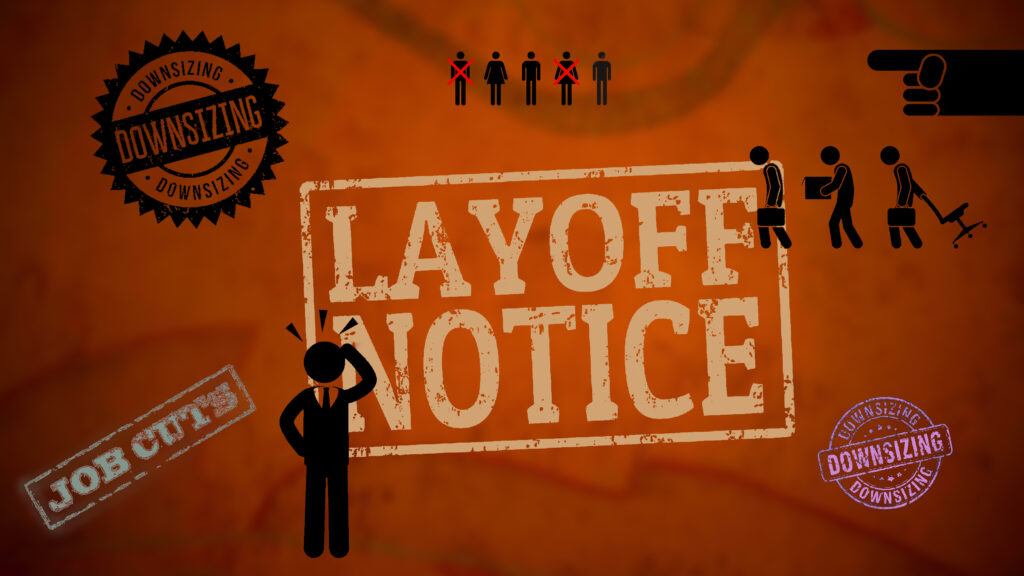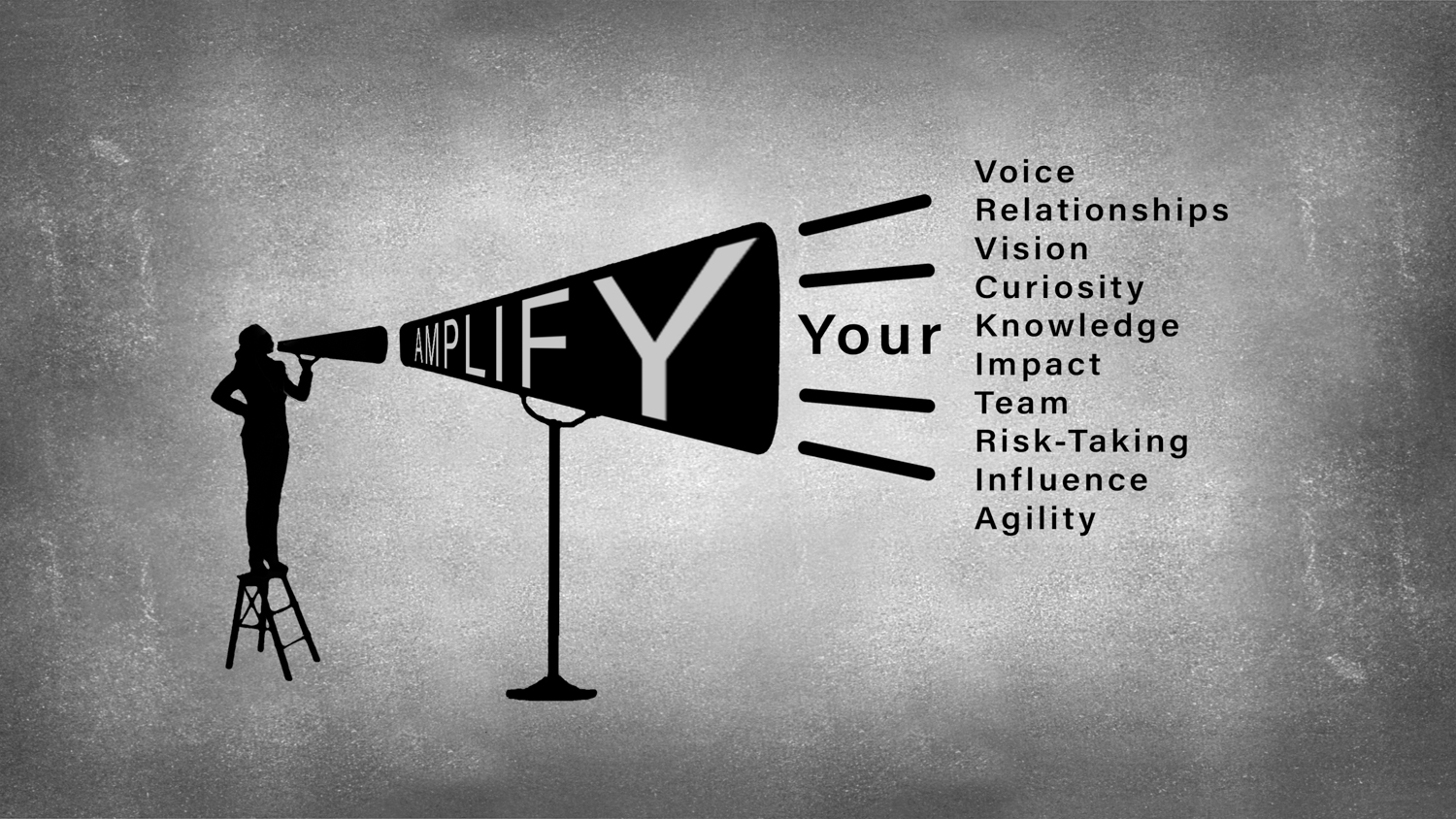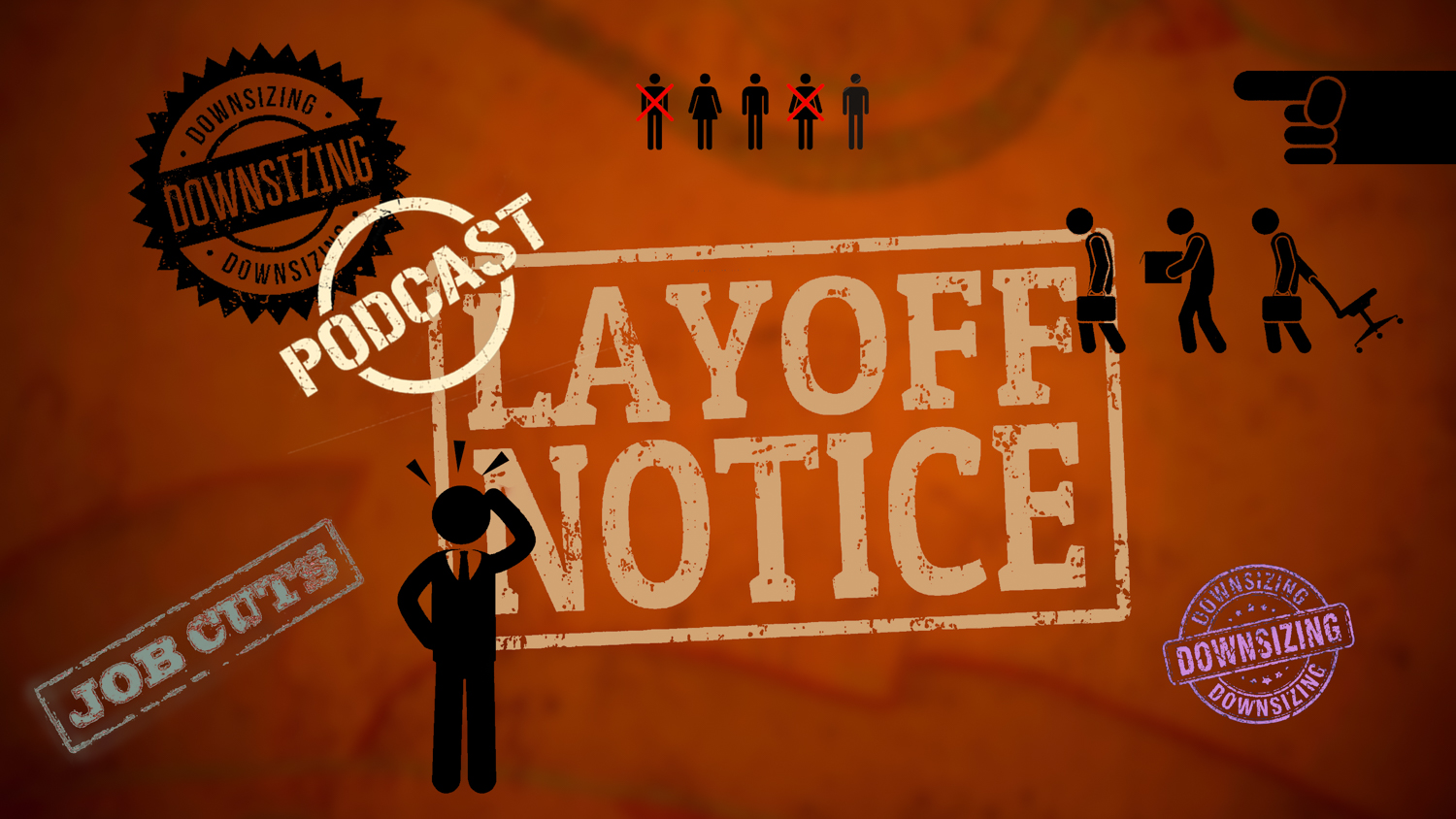“There are going to be layoffs!” How many times have you heard this phrase at the company you work for? The news is unsettling, and many find the situation difficult to navigate. There are many reasons why companies elect to go through this painful process. Some of these reasons include mergers and acquisitions, economic downturns, industry changes, outsourcing, and “rightsizing.” Regardless of the reason, these words cause fear that spreads like wildfire throughout the organization. The fear is real. The question is “How to survive those dreaded events?“

FEW ARE AT RISK
Personnel reductions were too frequent during my time as a corporate executive. Layoffs were one of the hardest things I encountered during my career. The pain and discomfort I felt was nothing compared to the uncertainty and agony of those that were impacted by these actions. There is no amount of repetition that makes it easier or less painful. I was always concerned about the employees and their families.
The reality is that, as a percentage of the whole workforce, few are at risk. These events almost never involve 100% of the workforce and most often they are limited to 5-10% of the employee base. In some cases, the percentages are higher. Despite the low numbers, the majority of the workforce is certain that it is their turn!
Most companies have developed processes to select candidates for workforce reduction. Low performance is a common starting point. Managers select low-performing individuals for consideration. Emphasis is placed on those with a history of low performance. There are other considerations such as employee-manager ratios, role duplication, expense scaling, and job ratios.
There are times when a series of jobs or even an entire department are chosen for elimination. In these cases, performance is not as much of a factor and some of the individuals affected may be good performers. This scenario is very common when a company merges with another company, a company acquires another business, a company decides to outsource a function, automation is implemented, or the company decides to discontinue a product or service. Regardless of the reason, there are actions that can be taken to lower the risk of being laid off.
STEPS TO AVOID A LAYOFF
There is no magic solution that will keep someone off of the list, but there are things that can be done to reduce the risk of being part of a reduction in force.
Job performance is the main action that an employee can take to reduce the risk. Being within the top 50% of a group or work type is good but being in the top 20% is even better. Striving for and achieving greatness will likely be rewarded, and it will help reduce the odds of an individual being part of the layoff.
Networking across groups or departments is a great way to maintain relationships with people who may hire you in the event of a reduction. Keeping them informed about job performance, career ambitions and employment status is a good way to mitigate job loss.
Some departments are at a higher risk than others for reduction. Choosing a department that has a lower risk is another way to reduce the chances of being laid off. Each industry is different, so it is worth evaluating where historical layoffs have taken place and what departments tend to be “safer” havens.
Minding the personal brand is another way to stay off the dreaded list. See my article on Personal Product Management. All of the tips I recommended in the article apply to this scenario.
It is also a good idea to prepare in advance in the event a layoff occurs. Keeping the resume updated, opening a special savings account for a “layoff nest egg” with enough money to provide a cushion during the job searching phase, and creating a detailed plan of action to outline the post-layoff next steps are all great ways to be prepared and reduce stress.
WHAT TO DO IF YOU ARE LAID OFF
Being part of a reduction in force is a traumatic event that touches the employee, their family and their close relationships. It is a serious matter that requires careful actions following the event. The following are some things that can be done to alleviate the situation and get back on track.
Prioritize the actions and use a rational mindset to make decisions during this difficult time. Avoid making emotional decisions that might be regretted later.
Most companies offer packages to those involved in a reduction. Besides monetary compensation, companies may offer counseling sessions, career planning assistance, resume building workshops, financial planning, or skills training. Leveraging these benefits is helpful even if a new job is lined up already.
Don’t panic, and remember to be patient. Finding the right job can take time. Letting desperation settle in may influence the type of job being considered or it may hinder the interview mindset. Leverage the “layoff nest egg” to buy some time and make the right choices. It is important to come to terms with what has happened and take some time to deal with the emotional side of the event.
When ready, define a direction, update the resume, network with influential people, leverage social media, and engage recruiting agencies.
Be optimistic. It may be difficult to maintain a positive outlook during these times, but finding a way to keep the energy levels and optimism high will pay off during the job search process.
Being laid off is a very impactful moment in people’s lives. Making sure to take the necessary precautions to avoid it can reduce stress and increase the chances of a long and successful career. If impacted, know that there are things one can do to get back on track. Sometimes these are defining moments that help us understand what is really important in our lives.
I hope this article is helpful. Drop me a note in the comment section below or through the Contact Me form if you have any questions.
Thanks,

© 2018 T. Kahler Coaching, LLC, All Rights Reserved.


